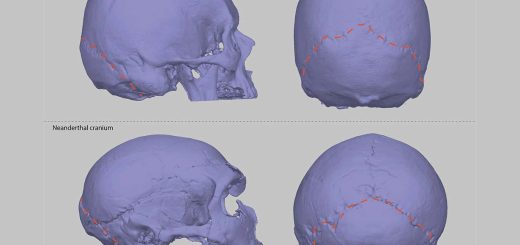We finally understand why quasicrystals can exist
Not quite crystals and not quite a glass, quasicrystals are an oddity whose properties are not well understood – but now we know how they can remain stable
By Karmela Padavic-Callaghan
4 July 2025
A rendering of a quasicrystal structure
LinKayser, Alexey E. Madison, PicoGK, LEAP?71 CC BY-SA 4.0
Quasicrystals are rare and odd, but researchers have now shown that they can be the most stable configuration for some atoms – and why they can exist at all.
In crystals, atoms form predictable grids, which make them very stable. In glass – both the ordinary kind that makes up drinking glasses and more exotic glasses like obsidian formed in volcanoes – atoms do not follow any order. Glasses are metastable, so a change in their environment like heating, or small impurities from a few stray atoms of the wrong element, can make them become a different kind of matter. Given enough time, anything atomically amorphous enough to be categorised as glass will also eventually crystallise.
Read more
Mystery of the quantum lentils: Are legumes exchanging secret signals?
But quasicrystals straddle the middle – their atoms are arranged into patterns, but those patterns never repeat – and just how they remain stable has long been a question mark.
Wenhao Sun at the University of Michigan and his colleagues have now used advanced computer simulations to find the answer. They focused on two known quasicrystals, one made from scandium and zinc and the other from ytterbium and cadmium, and simulated a series of larger and larger quasicrystal nanoparticles. At each step, they calculated the quasicrystals’ energy and compared it to the energies the atoms would have in more conventional crystal-like arrangements.
The laws of physics dictate that most stable objects are made of atoms whose collective energy is as low as possible, and that is exactly what the researchers found – the odd quasicrystal was favoured over more common atomic structures because the energy required to maintain it was low.


